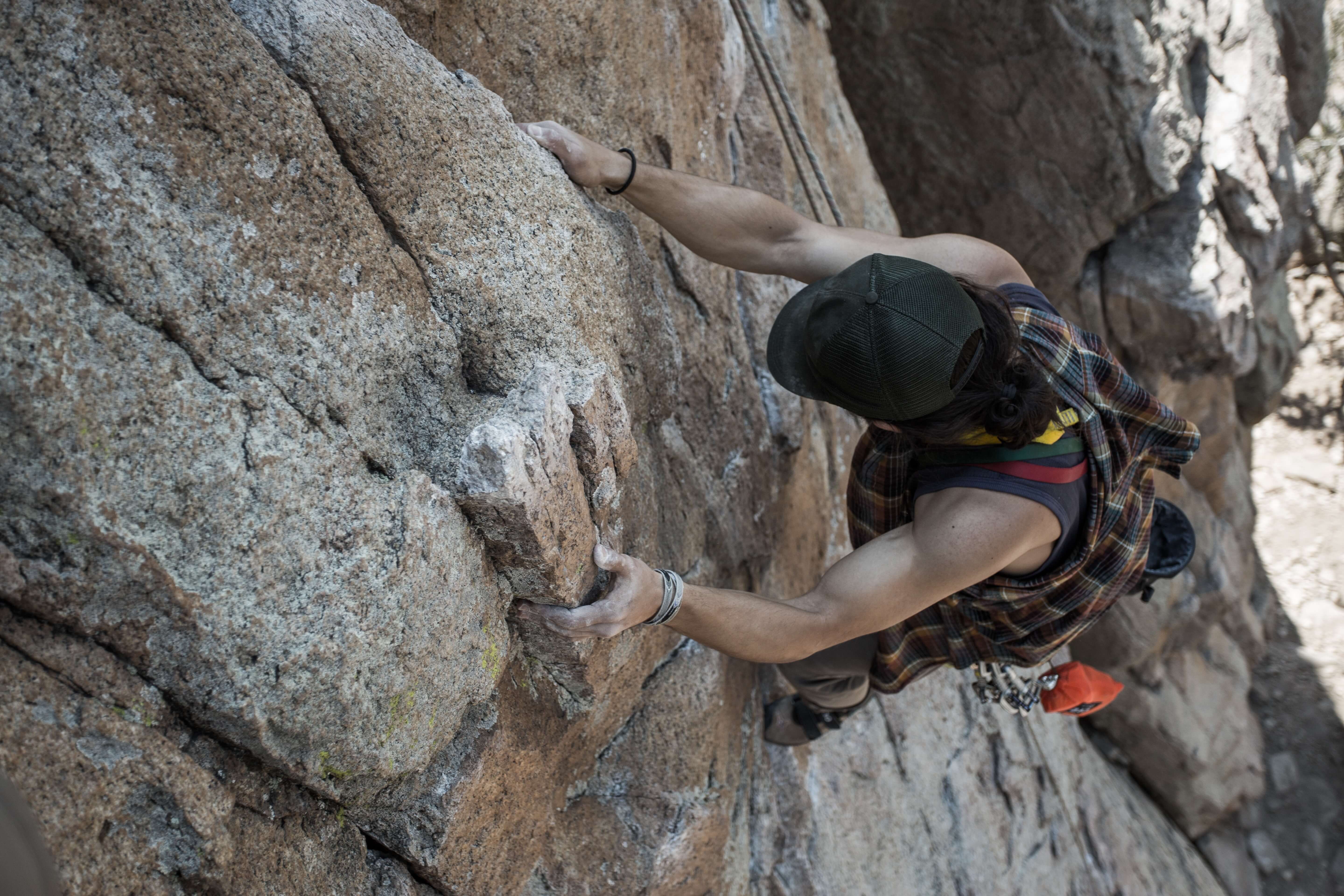Grip strength is the force applied by the hand to pull on or suspend from objects and is a specific part of hand strength.
The strength of our bodies actually comes down to the strength of our grip. There’s no point being strong in your arms and legs, back and core if your grip isn’t strong enough to hold on to it. Grip strength affects most muscle groups you use and exercises you do.
Ultimately, if you strengthen your grip, you strengthen your entire body (and reap the benefits of lifting heavier weights).
There are three basic grips:
- Overhand,
- Neutral (palms face each other)
- Underhand.
You probably use the overhand grip (in fitness and life) way more than the others, that means you’re strengthening your forearms in only one direction.” Over time, that imbalance can set off a chain reaction, which can restrict your shoulders’ range of motion, which in turn prevents your lats from kicking in during exercise. That adds up to you being weaker during pressing and pulling exercises that you’ll do everything from lifting weights to yoga.
Grip strength can be divided into at least three categories: pinching, crushing, and supportive.
- Pinching grip is the strength between your fingers and your thumb. (Imagine holding a thick book)
- Crushing grip is the strength between your fingers and your palm.
- Supportive grip is used for holding onto bars during pull ups, holding grocery bags, or hanging onto a cliff.
Below are some training Ideas to help you with your grip strength.
Dumbbell Holds:
Simply grab two at their ends and hold them for as long as you can. Rest one minute, then repeat for a total of three sets. Pick a weight you can hold for about 30 seconds on your first set.
Plate Pinch:
Put together any combination of conventional Olympic plates, squeeze them together with your fingers and hold for as long as you can. Rest one minute, then repeat for a total of three sets.
Bar Holds:
Using the pull up bar in the gym, hold on to it, bring your feet off the ground. Hold for as long as you can. Rest one minute, then repeat for a total of three sets.
Grippers:
You can also buy these commercially, they come in different resistance levels so make sure you get one that suits you. You can alternatively use tennis balls or a phone book.
Benefits of adding grip strength training to your routine.
Increased Forearm Muscularity.
Your fingers are controlled by muscles located in your forearms. The closing of your hand is controlled by your forearm flexors, while the opening of your hand is controlled by the forearm extensors. Building your hand strength also builds and thickens these muscles, giving your forearms a strong, powerful appearance.
Increased Hand Strength.
Grip training strengthens your fingers, wrists, and forearms. Improved gripping strength produces faster results in the gym because you are able to hold onto heavy weights. In sports requiring the use of a racquet or bat, you’ll be able to swing it harder without losing your grip. Also is especially important for sports like climbing and gymnastics, which often require you to support your own body weight with your grip.
Hand Endurance.
When you increase the amount of force your hands can apply, you also increase your endurance during instances where your hands must apply force for longer periods of time. If you need to carry bags or suitcases for long periods of time, you won’t need to worry about losing your grip due to fatigue.

Improved Finger Strength.
Some grip exercises can be used to build your fingers independently. Musicians like violin and guitar players need the ability to apply pressure with each individual finger. Musicians will often build their grips using spring-loaded grip tools with separate springs for each finger. Improved dexterity also helps improve typing.
Grip strength is an important component for athletes as well as most everyday tasks. As grip strength can be divided into several types. Crushing strength would be used to squeeze the juice from a lemon. Pinching strength would be used to carry a wooden plank with one hand. Support gripping strength would be used for endurance tasks like carrying a bag. Grip strength can be addressed by squeezing rubber balls or spring-loaded grippers and holding weights for time intervals.

